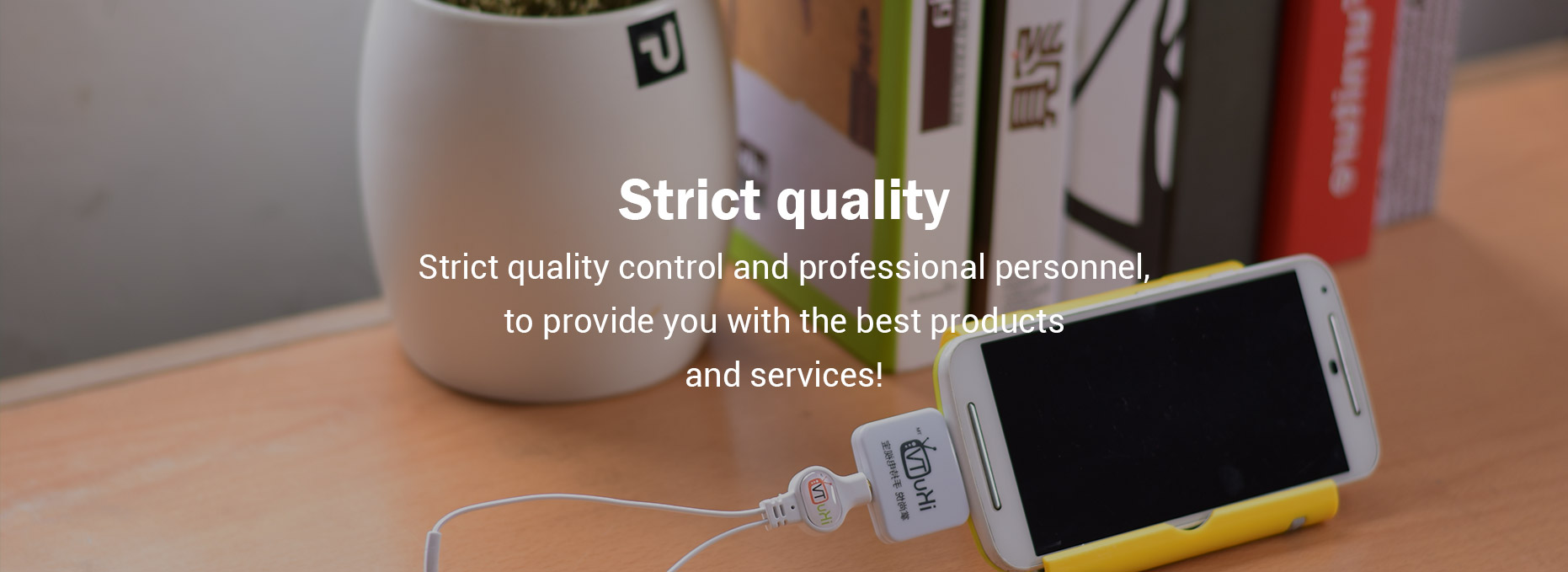Unlocking Efficiency: Overcoming Common Struggles with Police Duty Utility Belts
Police duty utility belts are essential for law enforcement officers, providing the necessary tools to perform their duties effectively. However, many officers face challenges in optimizing their use, leading to inefficiencies and frustrations during their shifts.
For more information, please visit Police Duty Utility Belts.
Understanding Police Duty Utility Belts
Police duty utility belts are designed to carry various essential tools for officers. These may include firearms, handcuffs, radios, flashlights, and other equipment necessary for effective law enforcement. However, improper organization can lead to difficulties during critical moments.
Common Struggles with Utility Belts
Many police officers struggle with the weight and bulkiness of their utility belts. According to a study by the National Institute of Justice, over 60% of officers reported discomfort which can distract from their primary duties. Additionally, poor organization can lead to time lost when retrieving equipment.
Poor Organization
Improper organization can hinder an officer’s ability to access equipment quickly. For instance, a case study from the Chicago Police Department revealed that 75% of officers felt disorganized during high-stress situations, leading to delayed responses. Tools need to be accessible and strategically placed for quick retrieval.
Weight Management
Utility belts often exceed recommended weight limits, with studies suggesting the ideal weight should not exceed 10% of an officer's body weight. Overloading belts can lead to fatigue and health issues, such as back pain, which ultimately affects job performance.
Solutions to Enhance Utility Belt Efficiency
There are several strategies to overcome these common struggles with police duty utility belts, focusing on organization, selection of equipment, and ergonomics.
Optimize Organization
- Utilize modular attachments for easier access
- Practice quick-draw techniques during training
- Regularly review and declutter the belt
Implementing these strategies has shown significant improvements in response times during field tests.
Weight Reduction Techniques
Officers should consider lighter materials for their gear. For example, switching to lightweight holsters can reduce overall belt weight. A study found that officers experienced up to a 30% increase in comfort with reduced-weight gear. This small change can make a big difference.
Case Studies on Improved Efficiency
In 2022, the San Diego Police Department implemented a utility belt standardization program. Officers reported decreased strain and improved access to their equipment, which led to a 20% increase in incident response speed. Such programs highlight the importance of belt efficiency in everyday law enforcement.
Related Questions for Further Exploration
- What are the best materials for police duty utility belts?
- How can police departments train officers on effective belt use?
- What innovations are shaping the future of police gear?
- How does belt organization affect police response times?
In conclusion, overcoming the struggles of using police duty utility belts involves understanding the common challenges, implementing strategic solutions, and engaging with continuous training and equipment optimization. By addressing these pain points, law enforcement agencies can significantly enhance their operational efficiency.



Comments